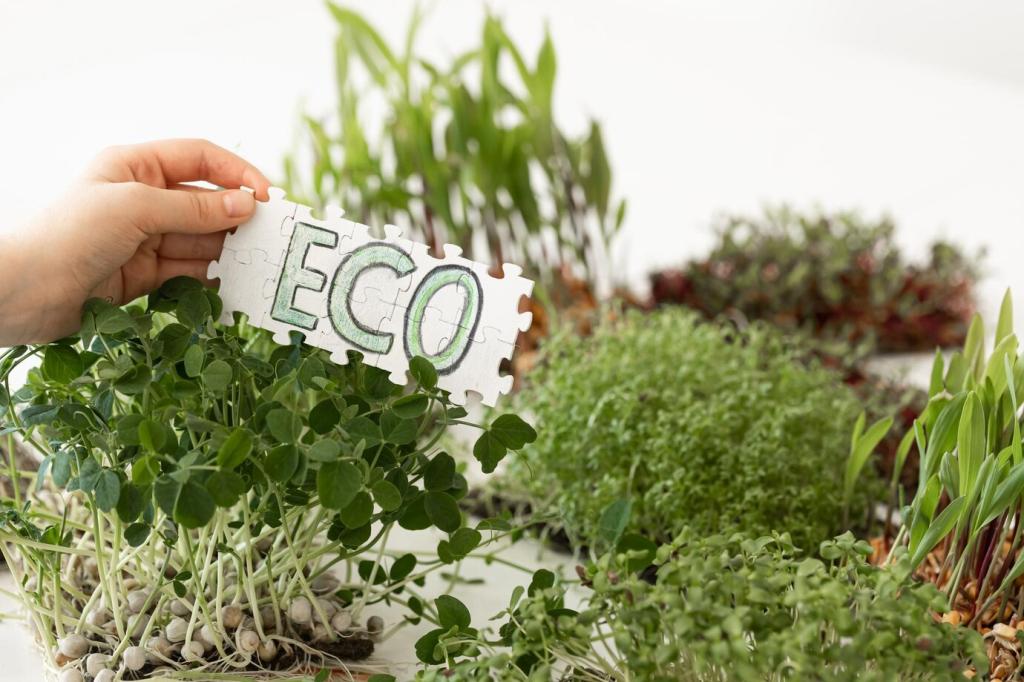Non-Toxic Protection and Finishes
Pure tung and polymerized linseed oils penetrate wood, enhancing grain while building a resilient surface over multiple thin coats. Apply sparingly, wipe off excess, and allow generous curing time. Quality oils last longer, meaning fewer reapplications and less total product used.
Non-Toxic Protection and Finishes
Beeswax and carnauba blends create a breathable barrier that buffs to a warm glow. Use a lint-free cloth to apply a whisper-thin coat, then polish after drying. Waxes help resist fingerprints and spill rings while avoiding the slick look of heavy varnishes.






